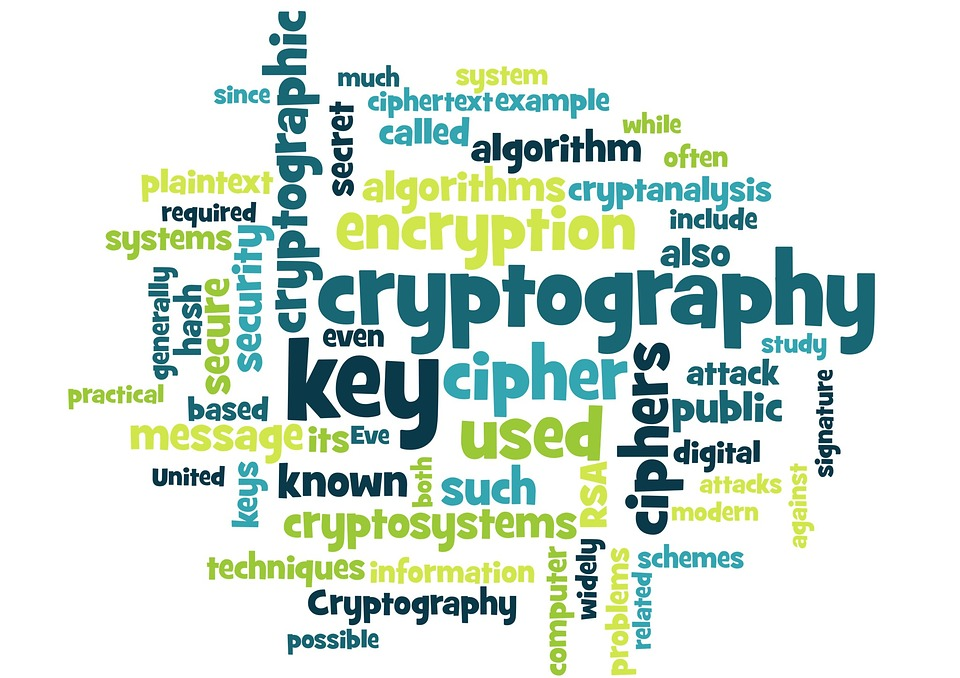Client Affairs
Soaring Fraud Puts E-Commerce In Seasonal Spotlight

This year e-commerce will handle most of the seasonal shopping traffic. With digital payment fraud on the rise since May, an industry specialist issues his top tips for the gifting season.
ConnectPay's chief executive Marius Galdikas outlines three activities online buyers should watch for in a Christmas run-up that is likely to set new e-commerce records. The topic isn't our usual territory, but we thought it useful to share with all our readers because cybersecurity is an important concern and can turn up in different ways.
Phishing for personal details
Phishing for highly sensitive data is not something new in the
fraudster’s bag of tricks. However, this year they have taken
advantage of the boom in courier services to give it a new face.
Scammers target eager shoppers by sending out false emails,
claiming not to have the correct personal details to complete the
delivery. Instilling a sense of urgency, they demand to update
the information and often, even provide payment for the delivery,
this way luring out sensitive details as well as funds of unaware
buyers.
Anyone asking for too much information should be an instant red flag in any scenario. As for identifying similar threats, it is smart to look for personalisation, or rather the lack of. Since such e-mails are sent in bulk, “Dear Sir/Madam” greetings are some of the ones most likely to be used. The content of the message tends to be quite vague, too.
Bookmarking the correct page URLs of the most used services could also help avoid such cases, especially if you are someone who often does not look twice at the web address – a typo could easily slip through.
Requesting gift card payments
Another common attempt at theft is asking for payments solely
through gift cards. In the United States alone, scams involving
gift and reload cards amounted to $79.9 million of lost
funds throughout the first nine months of 2020. Although
consumers are now more careful in giving out their credit card
details, gift cards do not trigger the same response of
cautiousness, making it one of the quickest ways to extract money
as the theft is almost instant.
There are no exceptions for gift cards being used as payment. That said, many fall victim due to the false sense of urgency, leaving no time for the consumer to take a step back and re-evaluate the offer.
Once the deed is done, there is no way to remediate the situation – the gift card funds are quickly spent or sold. So the best preemptive measure is not to put yourself in such a position in the first place, conduct payments online where you can clearly see what payment partner the retailer uses. It is smart to research the payment provider as well, to eliminate any doubts of legitimacy as to who will be handling your hard-earned money.
Fraudulent charity calls
The holiday season encourages many to help those most in need.
However, fraudsters are prone to abuse these good intentions by
imitating charitable organisations and taking possession of the
donations. The usual giveaways of such scams are the use of
overly aggressive language, as well as the urgency to conduct the
transaction.
Healthy scepticism and verifying all the information about the organisation remains the best measure against fraud. That said, credit cards have several layers of security, so it is more difficult to exploit donors who pay using cards.
While the payments sector is continuously trying to refine security safeguards against fraudulent activities, the consumer has to be aware of the possible threats as well, especially during the holiday season.
Second-guessing suspicious details should be at the top of the mind of every shopper, as even the most robust preemptive measures may be ineffective if consumers do not take time to question who will be handling their funds.
